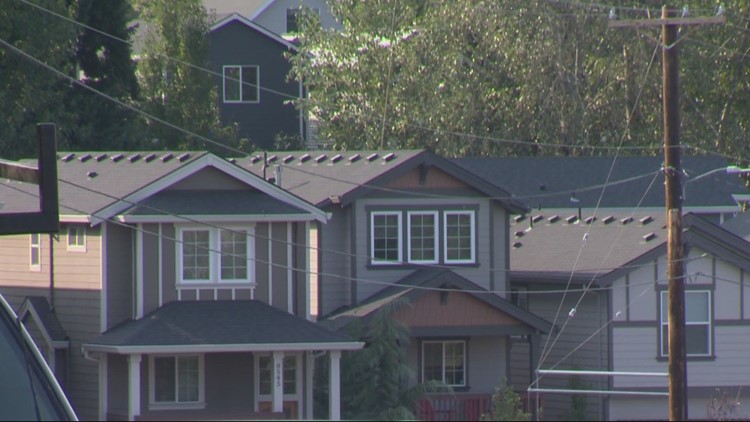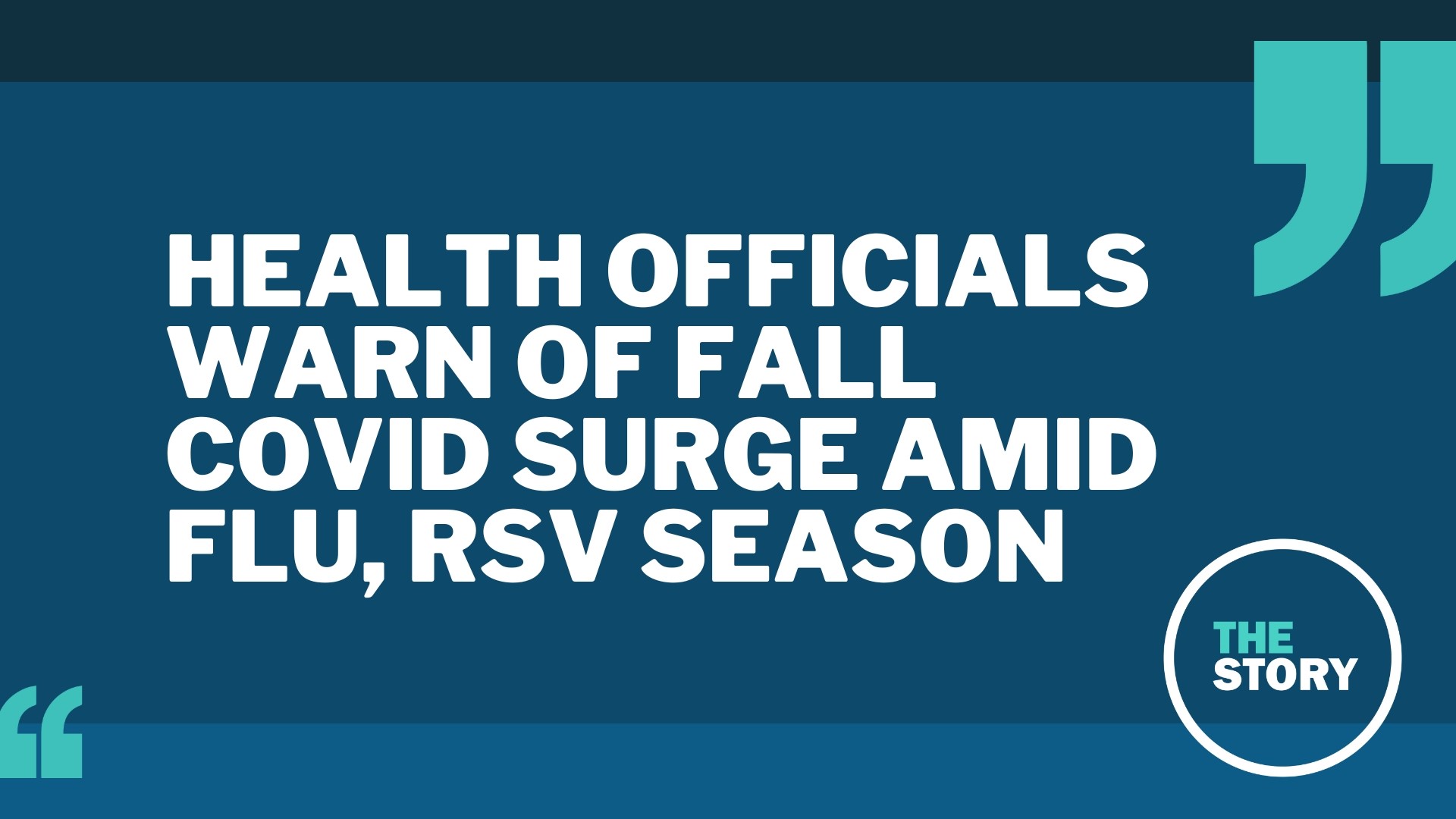PORTLAND, Ore. — As Oregon nears its vaccination target to reopen the economy, Gov. Kate Brown announced Friday she is extending the state's mortgage foreclosure moratorium through September.
However, the governor was unable to extend the state's eviction moratorium — which began in April, 2020, as tenants financially struggled during the pandemic. That is set to expire at the end of June.
“This means that renters must pay their July rent or their landlords can evict them for nonpayment,” Brown said.
Last month, Brown signed a bill that reinstated Oregon’s moratorium on foreclosures, which allow homeowners to put their mortgage in forbearance at least through June 30. The law also gave Brown the authority to extend the end date, which she announced she was doing on Friday.
“This is vital protection that the legislature has provided to Oregon’s home owners as we continue to rebound from the economic impacts of the pandemic,” Brown said.
However, the governor was unable to extend state’s rent moratorium. Brown urged those who will struggle to pay rent in July apply for rental assistance.
Currently the governor is working with lawmakers to pass a bill that would give tenants who apply for rental assistance “safe harbor from eviction.”
Last month, Oregon lawmakers voted to extend the grace period for past due rent during the moratorium, allowing tenants to have until Feb. 28, 2022 to pay back rent.
“Housing is a basic human need, which is why I have worked with the Legislature and our congressional delegation to devote state and federal resources to ensure that all Oregonians have a warm, dry safe place to live throughout the pandemic,” Brown said.
As the eviction moratorium is set to expire, other COVID-19 safety measures and mandates are being lifted.
Last month, Brown set statewide and county vaccination targets with the hope of reopening the state’s economy by the end of June.
In order for the state to lift mask, physical distancing and capacity restrictions, 70% of Oregon adults receiving at least their first dose of COVID-19 vaccine before reopening the economy. As of Friday, 67% of people who are 18 or older in the state had been vaccinated. Brown said 93,000 more adults must receive at least a first dose of the COVID-19 vaccine to reach her target.
The vaccination target for individual counties is 65% of adults in the area. Once a county reaches the goal, they move into the “lower risk” category which allows a county to significantly reduce its COVID-19 restrictions — 50% capacity for indoor dining, theaters, gyms and other indoor entertainment spaces. Currently, 21 of Oregon’s 36 counties are listed in the “lower risk” level.
For more than a year Oregon has faced some of the nation’s strictest safety measures — county risk levels, mask requirements inside and outside, limited gatherings and restaurants closed for indoor dining.
But over the past month, coronavirus case numbers and hospitalizations in the state have been improving as people continue to get vaccinated. Health officials said on Friday that during the past week, 1,725 new COVID-19 cases had been reported, the lowest weekly total since September.
“In summary, the landscape of the virus has shifted dramatically, creating what we described last week as two pandemics," Dean Sidelinger, the state's epidemiologist, said. "As our breakthrough data shows – the virus is overwhelmingly impacting those who are not fully vaccinated – while those vaccinated are safe from the virus.”



